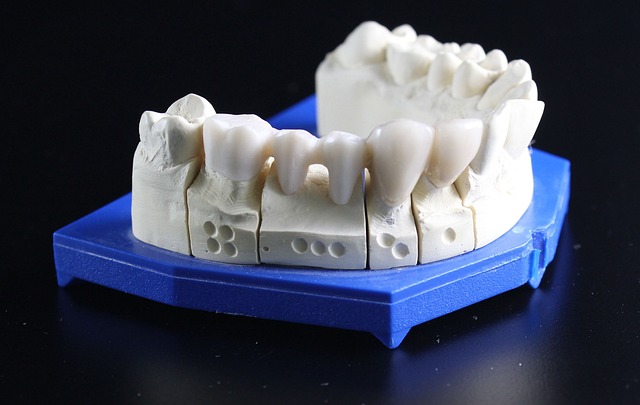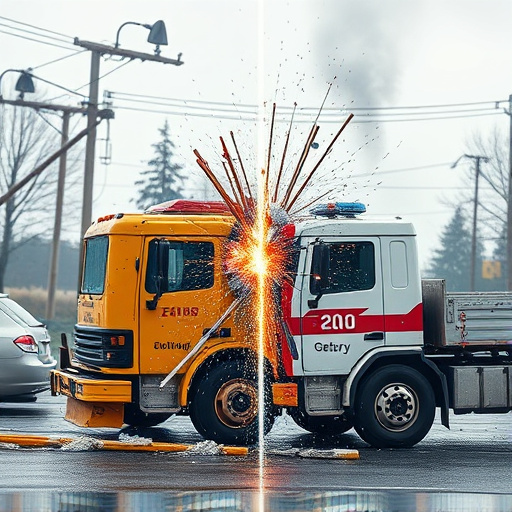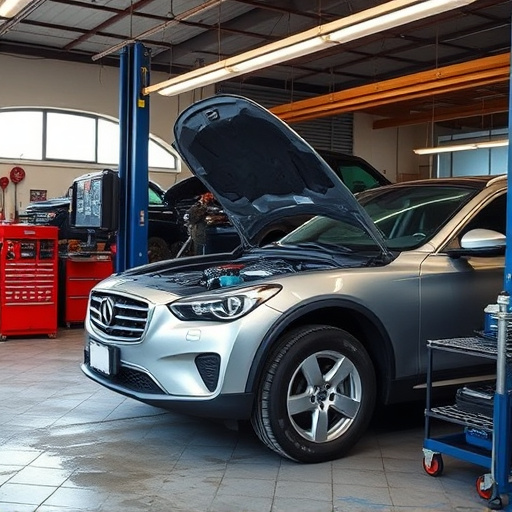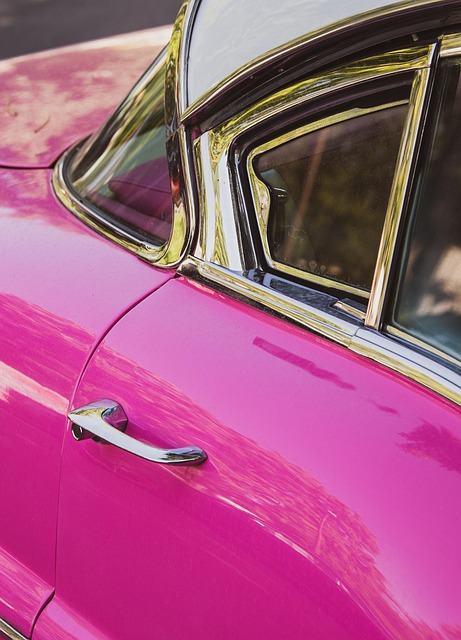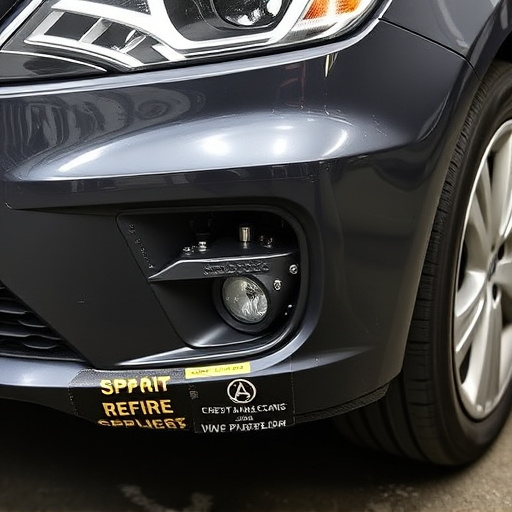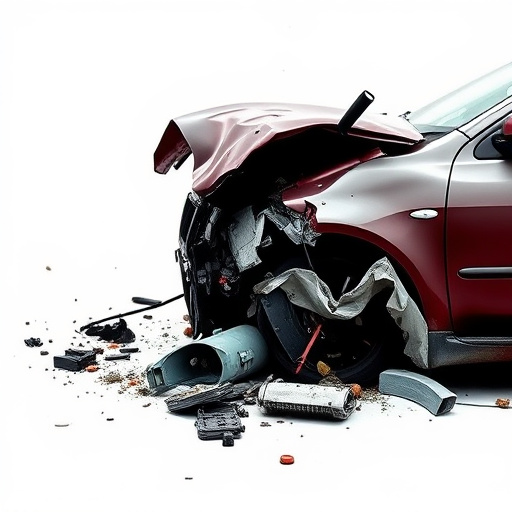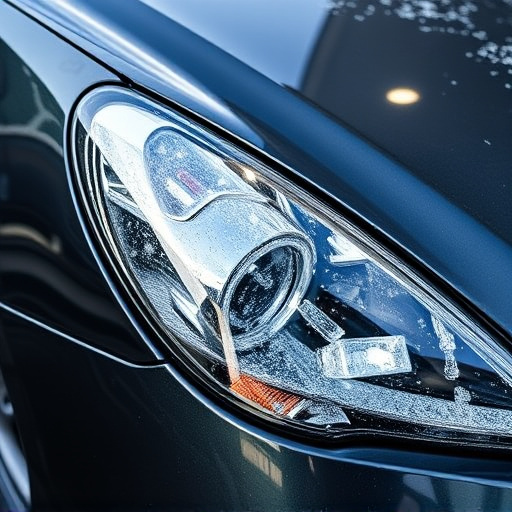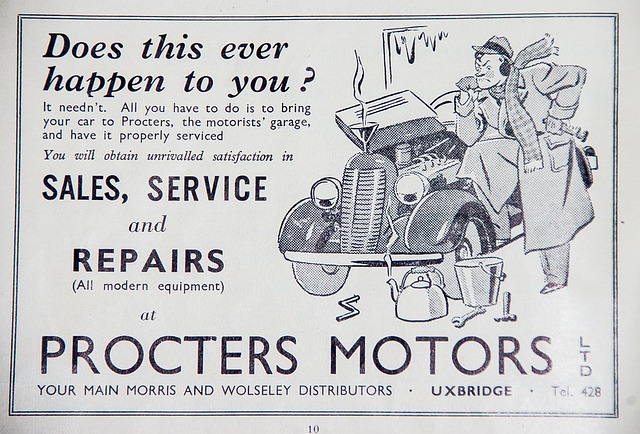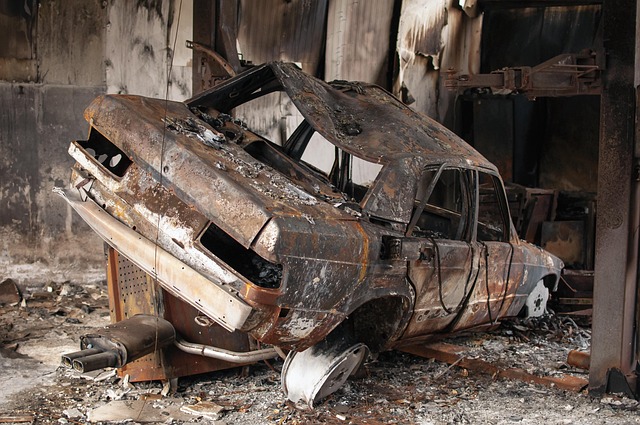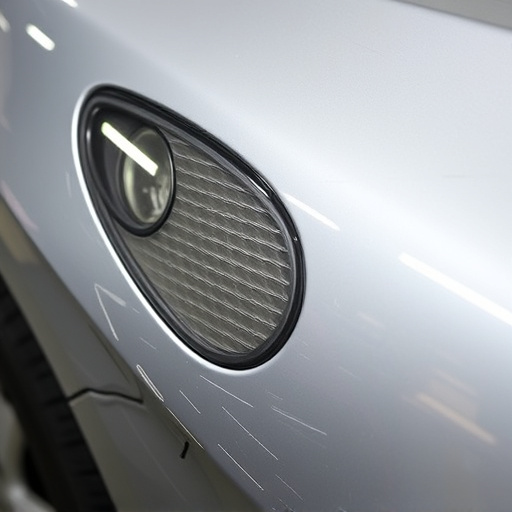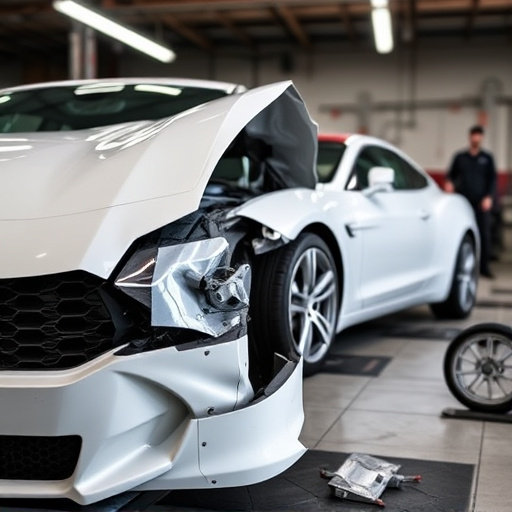In the digital age, paint finish restoration remains a vital service in the automotive industry, evolving with advanced technologies while catering to classic car enthusiasts and collectors. Despite high costs, it offers significant aesthetic and value boosts for vehicles, especially through modern techniques like Paintless Dent Repair (PDR). These innovations prioritize efficiency, affordability, and eco-friendliness, ensuring vehicles are restored to their original condition swiftly and effectively, suitable for both personal and commercial needs.
Is paint finish restoration still relevant in today’s world? With modern aesthetics often favoring fresh, new finishes, this age-old technique faces a dilemma. However, for those seeking to revive vintage or heritage homes, or simply add depth and character to their spaces, paint finish restoration offers a unique charm. This article explores the current state of this art form, its benefits and drawbacks as an investment, and modern approaches that make it more accessible and cost-effective than ever before.
- The Current State of Paint Finish Restoration: Is It Still Relevant?
- Benefits and Drawbacks: Weighing the Investment
- Modern Approaches to Paint Finish Restoration: Cost-Effective Solutions Today
The Current State of Paint Finish Restoration: Is It Still Relevant?

In today’s digital age, where aesthetics play a significant role, the current state of paint finish restoration remains relevant yet undergoes evolution. While some might argue that modern car technologies and finishes have rendered traditional restoration techniques obsolete, the art of perfecting paint jobs is far from dying. In fact, it has adapted to meet contemporary demands. The rise of advanced painting techniques and specialized tools allows auto body shops to offer intricate restyling services, catering to clients seeking unique, personalized vehicles.
The demand for high-quality paint finish restoration persists, especially among car enthusiasts and collectors who value the meticulous craftsmanship required to revive classic or vintage automobiles. Moreover, with an increasing focus on sustainability, this age-old practice has also found its place in eco-friendly initiatives, as proper restoration can extend vehicle lifespans, reducing the need for frequent replacements, thus lowering environmental impact. Thus, despite technological advancements and evolving consumer preferences, paint finish restoration remains a valuable service in the automotive industry.
Benefits and Drawbacks: Weighing the Investment

When considering paint finish restoration, it’s vital to weigh the benefits against potential drawbacks to determine if the investment is right for your needs. On one hand, a expertly restored paint job can dramatically enhance the appearance and value of both personal and commercial properties, including vehicles in a vehicle body shop or real estate. Auto body painting services can revive faded or damaged finishes, making them look as good as new. This can be particularly beneficial for those looking to sell their property or vehicle, as a fresh coat of paint makes it stand out in the market.
However, there are considerations to keep in mind. Paint finish restoration is not always necessary, especially if the existing finish is only slightly damaged or discolored. In such cases, simple touch-ups or a thorough cleaning might be more practical and cost-effective alternatives. Moreover, auto body painting services can be expensive, depending on the extent of the work required. Therefore, it’s crucial to balance the potential increase in value against the investment needed to achieve it, considering both the financial outlay and time involved in the restoration process.
Modern Approaches to Paint Finish Restoration: Cost-Effective Solutions Today

In today’s auto industry, modern approaches to paint finish restoration have transformed what was once a costly and time-consuming process into a series of cost-effective solutions. Gone are the days when restoring a flawless paint job required extensive manual labor and lengthy turnaround times. Now, innovative techniques like paintless dent repair (PDR) have taken center stage, revolutionizing both the efficiency and affordability of these services. PDR involves specialized tools and expert technicians who can carefully massage out dents and imperfections without damaging the underlying paint, leaving vehicles looking good as new at a fraction of the cost.
Moreover, body shop services have also evolved to incorporate advanced technology and eco-friendly practices, ensuring that customers receive high-quality repairs while minimizing their environmental impact. Modern paint finish restoration methods not only save time and money but also guarantee outstanding results, making it a wise investment for anyone looking to preserve or restore the aesthetics of their vehicle. With these advancements, maintaining a vehicle’s exterior has never been easier or more accessible, catering to both personal and commercial vehicle collision repair needs.
In today’s world, considering whether paint finish restoration is worth the investment depends on balancing traditional techniques with modern advancements. While the current state of the market questions its relevance, understanding the benefits and drawbacks can provide valuable insights. Modern approaches offer cost-effective solutions, making paint finish restoration an attractive option for those seeking to enhance their spaces. By exploring these methods, homeowners and professionals alike can make informed decisions, ensuring that their investment in paint finish restoration yields desirable outcomes.
